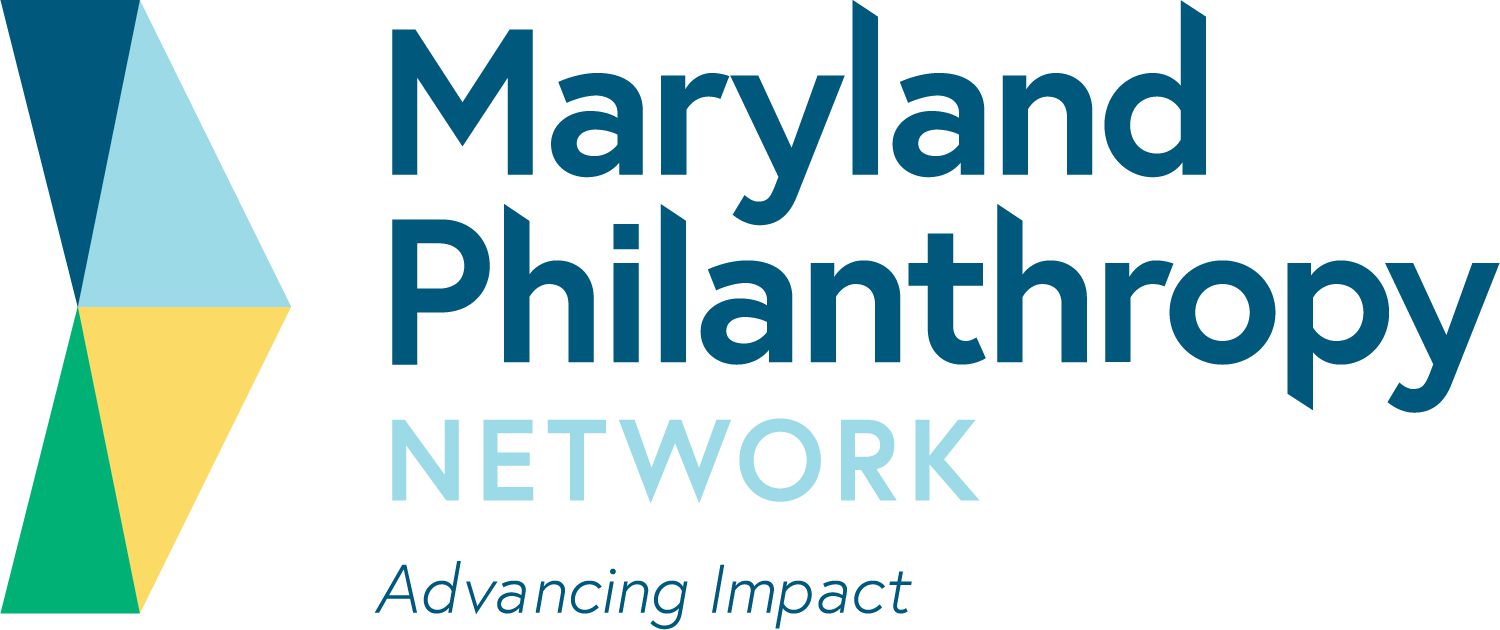Preventing and Ending Youth Homelessness in America
Not all young people have the benefit of growing up in a safe and stable home. In fact: Across America, 1 in 30 youth between the ages of 13 to 24 and 1 in 10 young adults between the ages of 18 to 25 will experience homelessness over the course of a year. This scenario — which occurs during an important developmental period — can inject trauma into a young person’s life, limit their growth and carry costly community consequences.
THE ANNIE E. CASEY FOUNDATION AND YOUTH HOMELESSNESS
In recognition of these challenges, the Annie E. Casey Foundation is joining partners in the field, such as Funders Together to End Homelessness, to ensure that young people have safe, stable housing access to meaningful educational and economic opportunities.
This brief, released by the Foundation, shares facts about youth homelessness in America. It also reviews the nation’s current response to youth homelessness, the risks that young people face when homeless, and what leaders can be doing to prevent and end housing instability among young people today.
FUNDING, POLICY AND PRACTICE RECOMMENDATIONS ON YOUTH HOMELESSNESS
To ensure that all young people have a safe and stable place to live and the resources needed to thrive and grow into adulthood, the Foundation makes the following recommendations:
- develop a unified definition of youth homelessness;
- focus on prevention;
- target funding to basic needs and other youth homelessness risks;
- support cross-systems partnerships;
- advance equity;
- elevate youth voices;
- transform the justice system response; and
- help young people leaving foster care prepare for adulthood.
ABOUT THE THRIVE BY 25 SERIES
The document kicks off a series devoted to highlighting both the challenges and opportunities facing youth ages 14 through 24. It is also part of the Casey Foundation’s Thrive by 25® efforts, which are a set of investments focused on promoting basic needs, permanent connections, education and credentials, financial stability and youth leadership for young people.
TABLE OF CONTENTS
KEY TAKEAWAY
UNSTABLE, UNSAFE HOUSING SITUATIONS SETS YOUTH ON A PATHWAY TO GREATER TRAUMA, RISK AND INSTABILITY
Youth experiencing homelessness on their own are more likely than their peers in the general population to endure threats to their health, safety and well-being. These threats include:
- missing school, resulting in higher rates of dropping out, poverty and involvement in the criminal justice system;
- struggling with mental health issues, including suicidal thoughts and suicide attempts;
- abusing alcohol or drugs;
- being physically assaulted;
- being sexually assaulted;
- being trafficked for sex or labor; and
- resorting to “survival crime,” including selling drugs, stealing and exchanging sex for basic needs.
Click here to open the annual report.
Source: The Annie E. Casdey Foundation
FIND MORE BY:

